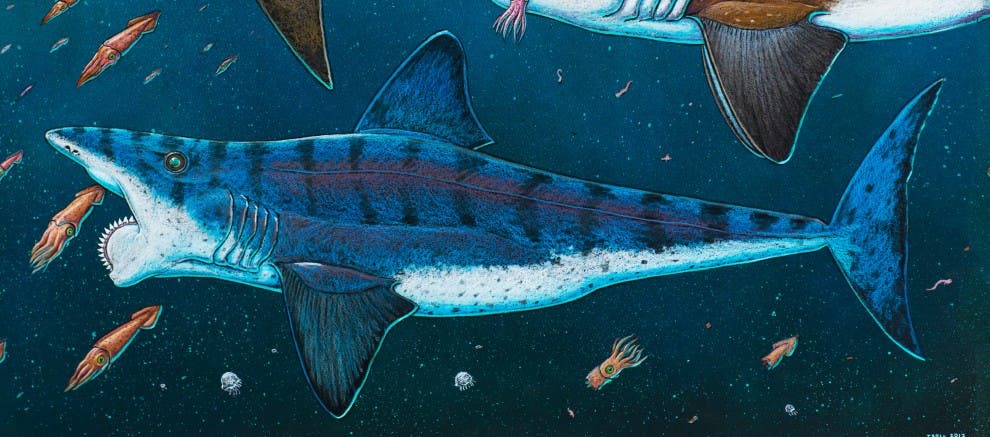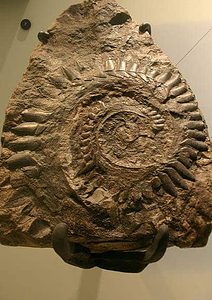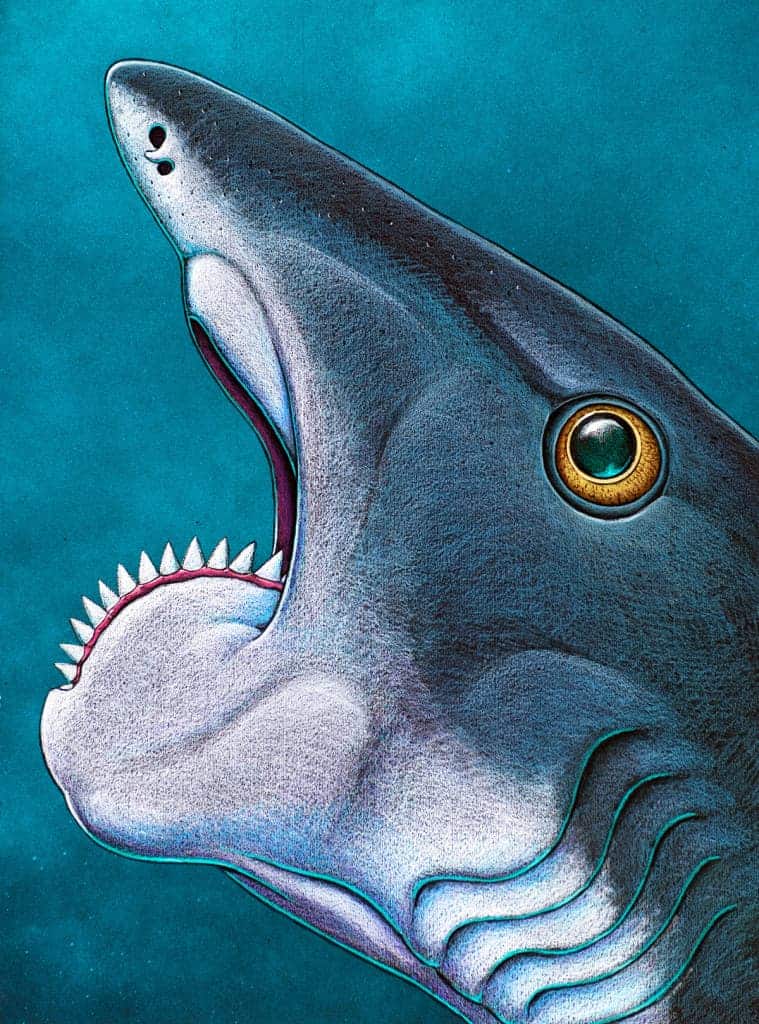

In 1899 the famous Russian paleontologist Alexander Petrovich Karpinsky published a paper in which he described a peculiar fossil resembling what can only be called today as a “buzz saw”, but whose barer escaped scientists. Many speculations have been made since then, but most recently, using advanced SCAN scans, scientists at Idaho State University have asserted that fossil, previously thought to have belonged to a shark, was actually part of a fish called Helicoprion.
A never before seen feat of evolution, the spiral saw-like jaw has amazed scientists for years. In the 1950s, Danish paleontologist named Svend Erik Bendix-Almgreen discovered another specimen which offered key insights that helped unravel the origins of the beast. It was then that it was unanimously determined that the whorl of teeth was actually housed within the fish’s mouth. Still, paleontologists were still debating the exact arrangements of the “buzz saw” and general appearance of the fish.
Now, Leif Tapnila and colleagues have offered key answers after they performed high-power CT scan of the Helicoprion fossils, which used X-rays to create a detailed computer image.
“New CT scans of a unique specimen from Idaho show the spiral of teeth within the jaws of the animal, giving new information on what the animal looked like, how it ate,” says ISU associate professor of geosciences Leif Tapanila.
“We were able to answer where the set of teeth fit in the animal. They fit in the back of the mouth, right next to the back joint of the jaw. We were able to refute that it might have been located at the front of the jaw.”

Based on this, the researchers determined that Helicoprion most likely ate soft, fleshy animals such as squids, since its teeth were ill suited for breaking shells. Also, the team involved in the research claim that the animal actually resembled a ratfish, instead of a shark like it was initially though, since both are fish whose skeleton is based on cartilage rather than bone.
“It was always assumed that the Helicoprion was a shark, but it is more closely related to ratfish, a Holocephalan,” says Tapanila. “The main thing it has in common with sharks is the structure of its teeth, everything else is Holocephalan.”
The CAT scans also allowed a partial reconstruction of the rest of the animal, not just it’s whorl of teeth centerpiece. Based on this, it’s estimated that Helicoprion was around 13 feet long, and probably could have grown to up to 25 feet.
The findings are published in the Royal Society journal Biology Letters.






